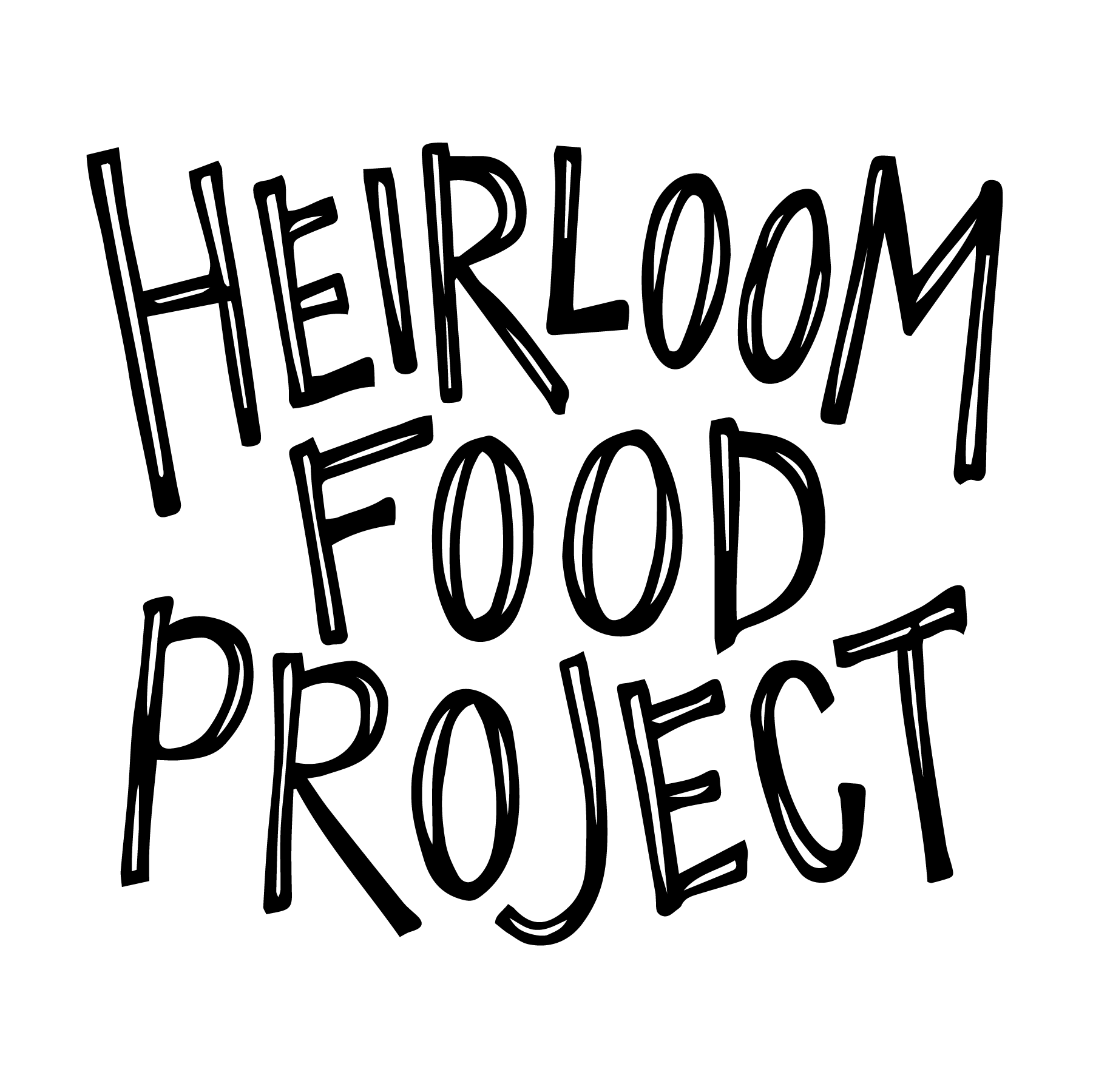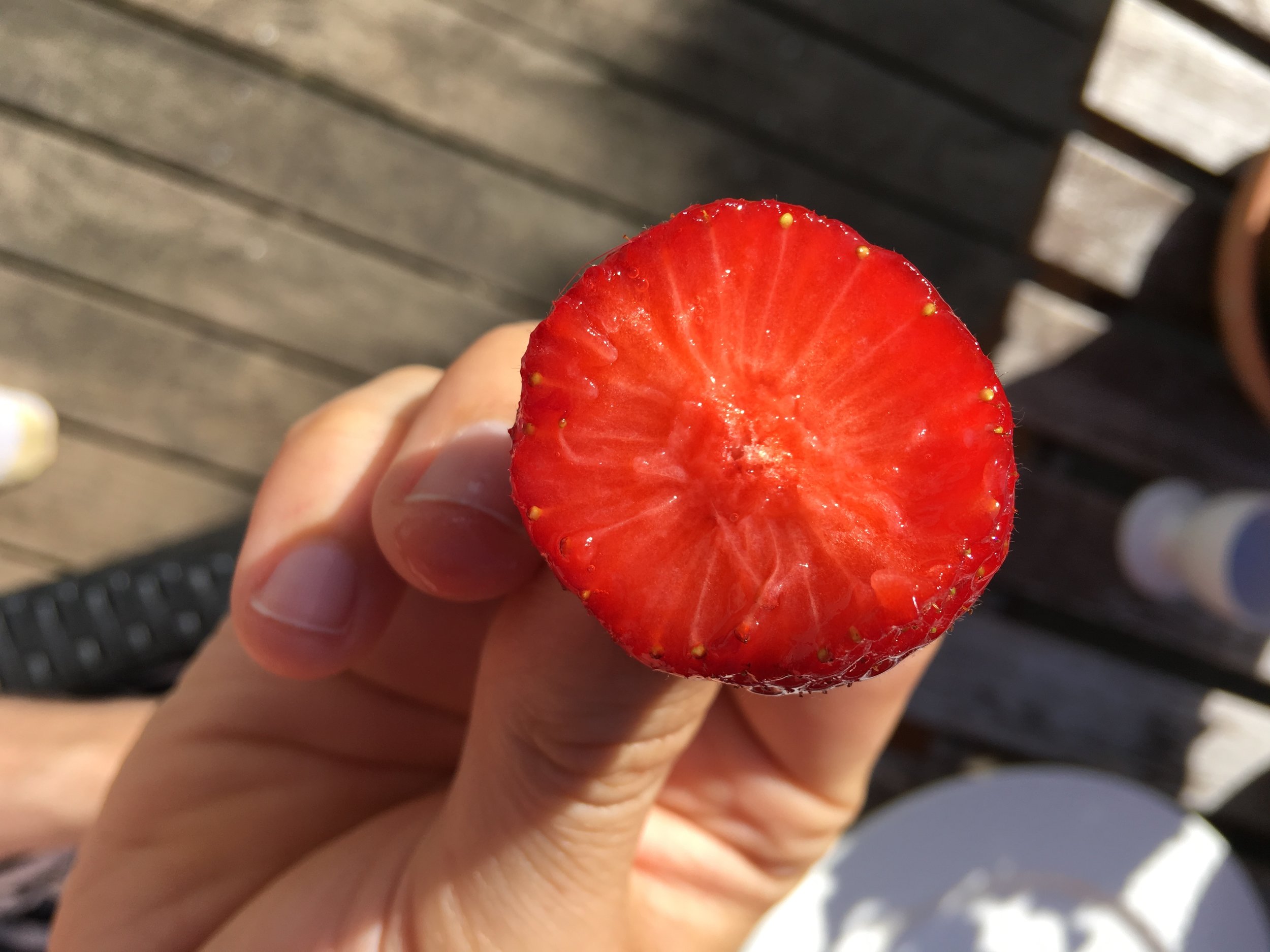What’s the Big Deal with Danish Strawberries?
There’s no use getting into an argument with a Dane over which country grows the best strawberries. (It’s obviously Denmark.) I’m here to highlight why there may be truth to their claim – and if that’s not enough – why it’s worth hopping aboard the pride-wagon anyway.
Four years ago, I started Heirloom Food Project because I wanted people to feel immense pride for the foods of their culture. When people take pride in what’s growing around them, they protect it, they celebrate it, they derive great joy from eating it. It binds them to their neighbors. It connects them to their land. It offers them identity.
Nothing seems to exemplify this pride more than the way Danes feel about their Danish strawberries. They are savoured, gushed over, pursued, worshipped. No other fruit comes close—not even the same strain of red berry from across the bridge in Sweden. No, they must be danskejordbær (Danish strawberries). None are sweeter, juicier, or more well-suited for pairing with sugar and cream
Are they actually different from other strawberries?
One of the beauties of strawberries is that they are pretty easy to grow anywhere, from tropical countries on the equator to northern lands that touch the Arctic Circle.
However, up here at a latitude of 56 degrees north, our long, cool days mean that strawberries grow more slowly and over a longer period of time than they would, say, down south where the days are shorter with intense sun.
If you’ve ever simmered a tomato sauce on low heat for many hours, you know that the ‘low and slow’ approach gives flavors time to develop and deepen. The sauce wouldn’t be as rich if you’d simply zapped it on high heat for 30 minutes. The same holds true for strawberries when they’re allowed to ripen under a not-too-hot sun from 4:30 in the morning until 9:30 at night.
A window into the Danish strawberry tradition
Last July, a longtime friend of my husband’s named Liv invited us to make dinner together from her vegetable garden. We harvested potatoes for boiling, plucked edible flowers to mix with parsley and basil for an herbed butter, and made a fresh salad of thinly sliced squash, tomato, and onion all from the garden. But before we did any of that, Liv sprinkled a heaping bowl of strawberries with sugar and left them to sit in the windowsill, just as her grandmother would have done, she said.
After devouring the savoury dishes, Liv brought out the strawberries, as well as a small pitcher of cold cream, to close the meal. We spooned loads of berries into our bowls, cut them roughly with our spoons, and poured thick cream on top. When stirred, the berries left artful swirls of red juice in the bright white cream. So simple. So lovely.
Adopt the Danish way of Summering
The best parts of a Scandinavian summer seem to be those that are stripped down, with little need for ceremony or fuss. It’s finding a place to sit under the sky while the sun takes it sweet time colourfully dipping below the curve of the earth. It’s grabbing your bathing suit and plunging in to the nearest stretch of water.
It’s indulging in a handful of Danish strawberries with childlike vigor. They come to us as ready-to-eat gems: sweet and red through and through. They require little else. Maybe a touch of cream. But you knew that already. It’s obvious — everyone knows they are the best strawberries in the whole, wide world.
This article is published in The International, a monthly free newspaper created by and for expats living in Denmark. My column features stories about Danish foods and their global histories, as well as tips for home-cooking in your expat kitchen.




